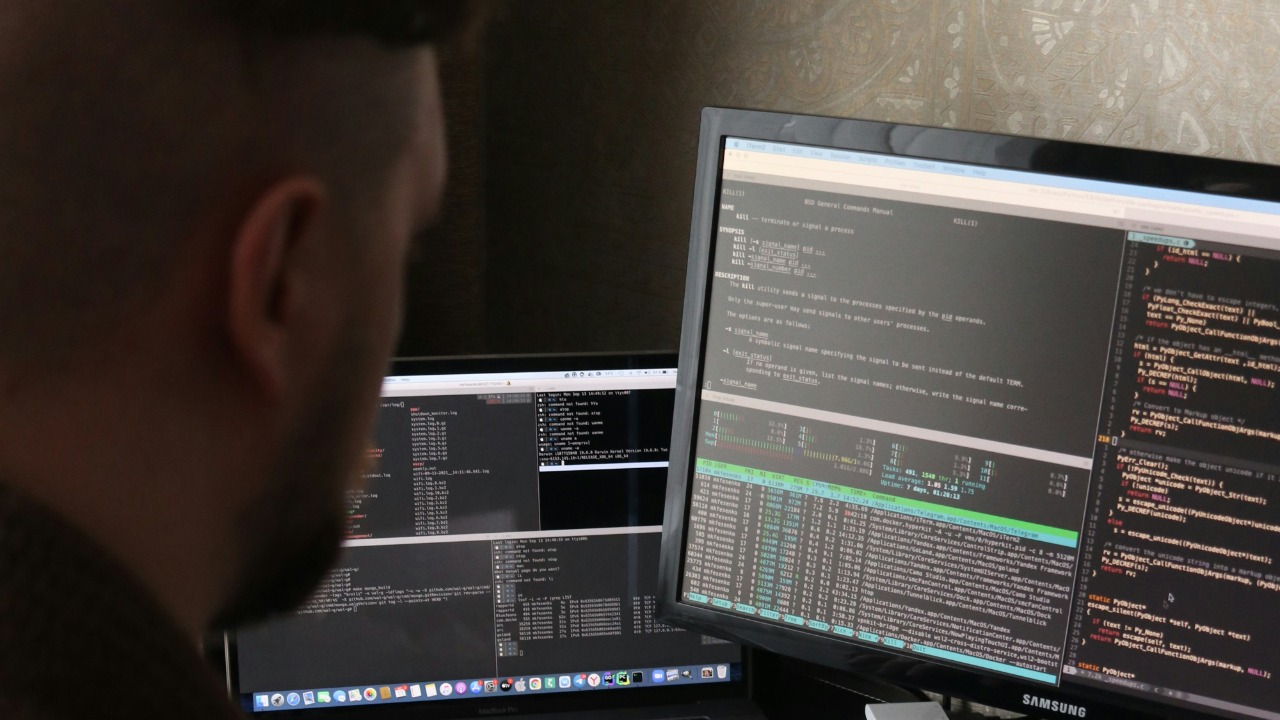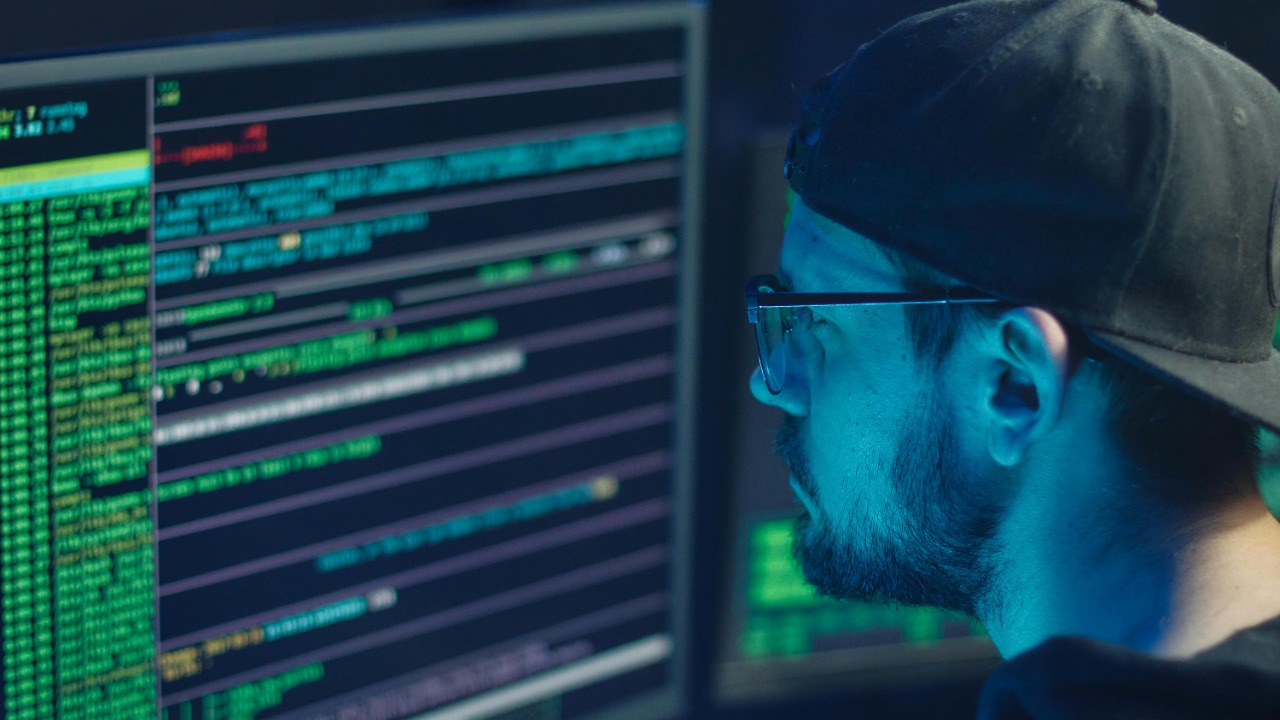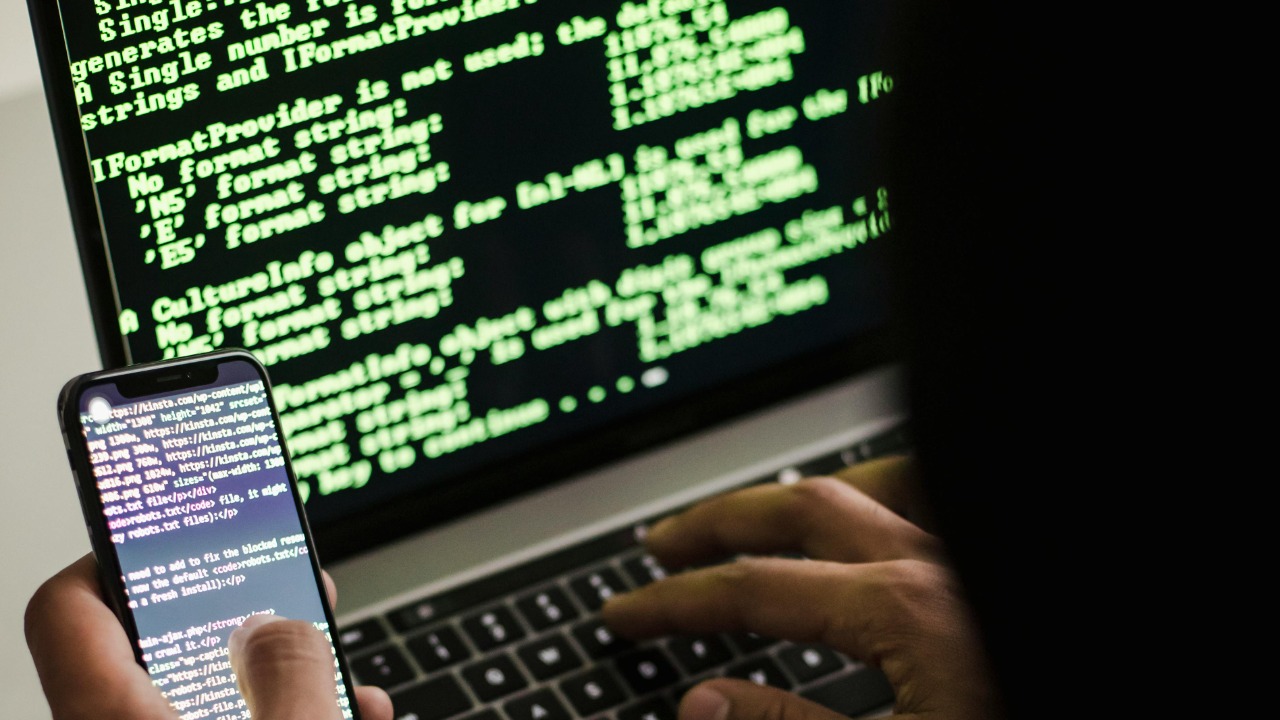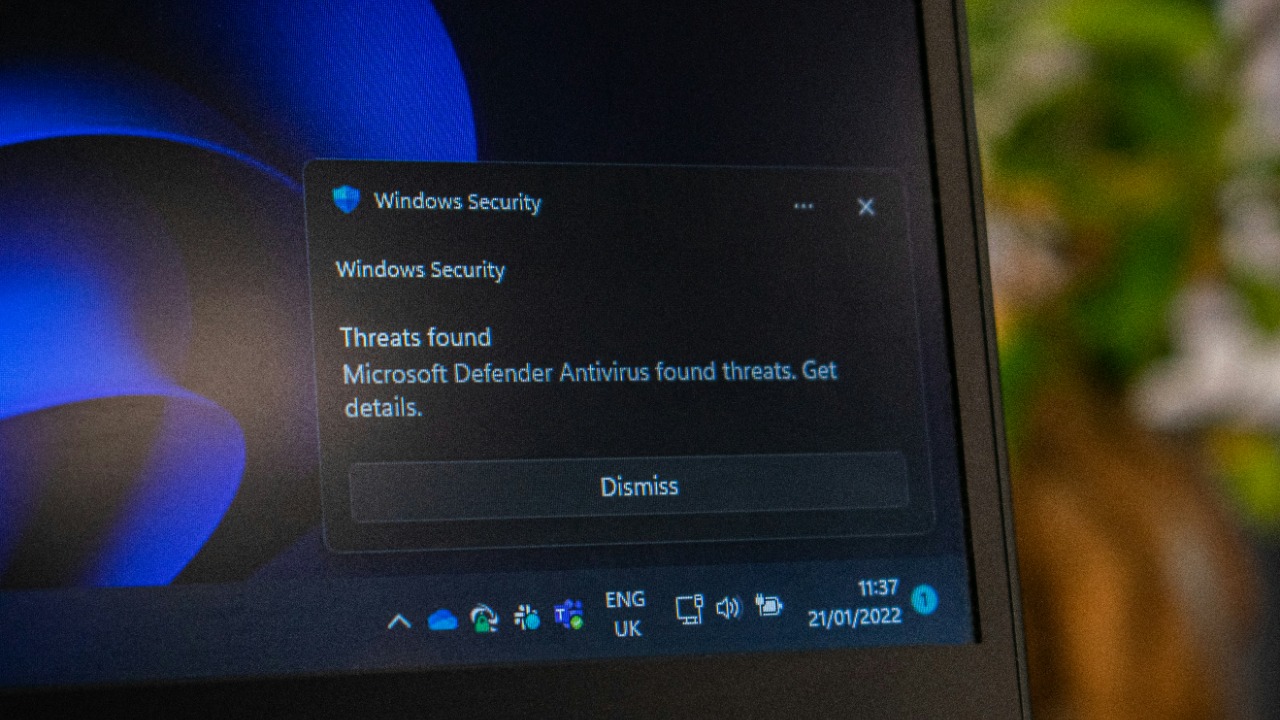
The emergence of AI tools capable of writing malware in mere seconds has sparked significant concern among cybersecurity experts. As these tools become more sophisticated, the risk they pose to digital security increases, prompting a need for urgent measures to mitigate potential threats.
The Rise of AI-Generated Malware

Artificial Intelligence has progressed to a point where it can create complex code, often indistinguishable from that written by human programmers. This includes the creation of malware, which can now be generated more quickly and efficiently than ever before. AI models, particularly generative ones, can be trained to produce malicious software with minimal human intervention. These capabilities are not just theoretical; they are being actively exploited by cybercriminals.
The phenomenon of GhostGPT represents a significant shift in how malware is developed. Cybercriminals have started to leverage these AI tools to automate their malicious activities, leading to a surge in AI-generated malware. This trend has significant implications for cybersecurity, as traditional security measures may not be equipped to handle the rapid and sophisticated attacks generated by AI.
As AI-generated malware becomes more prevalent, it poses a significant threat to cybersecurity infrastructures worldwide. The adaptability and speed of AI-generated threats challenge existing security protocols, which are often too slow to respond to the rapidly evolving landscape of cyber threats. The traditional methods of identifying and neutralizing malware may no longer suffice, necessitating a reevaluation of cybersecurity strategies.
The Mechanics Behind AI-Driven Malware Creation

The process by which AI learns to create malware is both fascinating and alarming. AI models require large datasets of code to learn from, which can include both benign and malicious examples. Through a process known as machine learning, these models can identify patterns and structures within the code, allowing them to generate their own variations of malicious software. This capability is compounded by the efficiency and speed with which AI can operate.
AI’s ability to produce malware quickly provides a considerable advantage to cybercriminals. Traditional methods of writing malware are labor-intensive and time-consuming, whereas AI can generate sophisticated code in a fraction of the time. This speed not only increases the volume of potential threats but also allows cybercriminals to deploy malware more rapidly than ever before, outpacing many conventional cybersecurity measures.
Several case studies highlight the impact of AI-written malware. For instance, AI-generated phishing schemes have become increasingly difficult to detect, as they can mimic human behavior with high accuracy. In one instance, an AI-generated malware successfully infiltrated a financial institution, causing significant financial and reputational damage. These examples underscore the urgent need for improved cybersecurity measures to combat AI-driven threats.
Potential Misuses and Ethical Concerns

AI tools can be manipulated to produce harmful code, raising significant ethical concerns. By exploiting vulnerabilities in AI systems, malicious actors can bypass ethical safeguards designed to prevent misuse. For example, techniques have been developed to trick AI into generating harmful outputs, such as stealing passwords or producing malware, highlighting the need for robust ethical guidelines and regulations.
The current ethical considerations surrounding AI-generated malware are complex and multifaceted. As AI continues to evolve, there is a pressing need for regulations that prevent misuse while encouraging innovation. The balance between enabling technological advancement and protecting society from potential harm is delicate and requires careful consideration by policymakers, technologists, and ethical scholars.
AI developers play a crucial role in preventing their tools from being used for malicious purposes. By incorporating ethical guidelines into the development process, developers can help ensure that AI technologies are used responsibly. This includes implementing robust security measures and collaborating with cybersecurity experts to identify potential risks and mitigate them before they are exploited by malicious actors.
Defensive Measures and Future Strategies

In response to the growing threat of AI-generated malware, cybersecurity experts are developing new strategies to strengthen defenses. These strategies include enhancing traditional security measures with AI-driven solutions, which can detect and neutralize threats more effectively. By leveraging machine learning algorithms, security systems can adapt to new threats in real-time, providing a more robust defense against AI-generated malware.
AI is not only a tool for attackers but also a valuable asset for defenders. By using AI to analyze network traffic and identify anomalies, cybersecurity professionals can detect potential threats before they cause significant harm. This proactive approach is essential in the fight against AI-generated malware and highlights the dual role of AI in both creating and combating cyber threats.
Policy development and global collaboration are critical components in addressing the challenges posed by AI-generated malware. By working together, governments, technology companies, and cybersecurity experts can develop comprehensive policies that protect against misuse while fostering innovation. A unified approach is essential to effectively combat the global threat of AI-driven cybercrime.
The Way Forward for AI and Cybersecurity

As we move forward, it is crucial to balance technological advancement in AI with robust security measures. Innovation should not come at the expense of security; instead, it should be guided by ethical considerations and a commitment to protecting society from harm. This balance will be essential in ensuring that AI continues to drive progress while safeguarding against misuse.
Looking to the future, AI will play an increasingly significant role in both creating and defending against cyber threats. The continuous evolution of AI technologies will require ongoing adaptation by cybersecurity professionals, who must stay ahead of emerging threats. By embracing AI as a tool for defense, we can better protect our digital infrastructures from the growing threat of AI-generated malware.
Encouraging responsible AI development is paramount to minimizing the risks of malicious applications. By promoting ethical research and development practices, we can ensure that AI technologies are used for the benefit of society. This includes fostering a culture of responsibility among AI developers and creating frameworks that support ethical innovation. By doing so, we can harness the power of AI while safeguarding against its potential for harm.